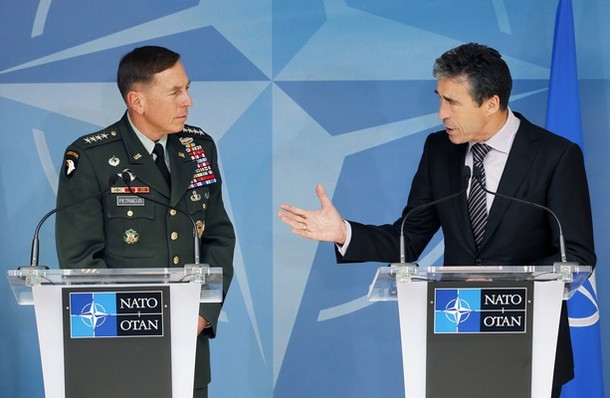
The confirmation of General David Petraeus as the new commander in Afghanistan has sparked renewed debate on the efficacy of counterinsurgency and the likelihood of success in Afghanistan. Though there will be a new commander in Kabul, we should not expect a new strategy. After all, Petraeus is one of the architects of U.S. counterinsurgency doctrine, practiced counterinsurgency in Iraq, and supported General McChrystal’s counterinsurgency strategy for Afghanistan. At least until the December strategy review, counterinsurgency with a dose of counterterrorism is conventional wisdom in Afghanistan.
The doctrinal manual was built around two big ideas: first, that protecting the population was the key to success in any counterinsurgency campaign, and second, that to succeed in counterinsurgency, an army has to be able to learn and adapt more rapidly than its enemies. Neither of these ideas was especially new, but both were fundamental changes for an American Army that had traditionally relied on firepower to win its wars.
FM 3–24 [COIN doctrine manual] today…is incomplete, and the dysfunction of its underlying theory becomes clearer every day. The Army needs a better and more complete operational doctrine for counterinsurgency, one that is less ideological, less driven by think tanks and experts, less influenced by a few clever books and doctoral dissertations on COIN, and less shaped by an artificial history of counterinsurgency.
The dogma of counterinsurgency has seduced folks inside and outside the American defense establishment into thinking that instead of war and the application of military force being used as a last resort and with restraint, it should be used at the start and that it can change “entire societies” for the better.
frees the military from a misguided belief that there is a single U.S. way of war that is essentially “about death and destruction.” Instead, it teaches that the Army, and the Nation, must be able to fight and win along the entire spectrum of conflict, from conventional war against a conventional enemy to training and equipping the security forces of our friends and partners around the globe before an insurgency reaches a degree of virulence that demands a substantial U.S. troop deployment to subdue. This doctrinal revolution requires that all officers of all branches of the U.S. Government shed the intellectual straitjacket of a single American way of war and understand the complex reality of a world wherein we must apply all the tools of national power in many different ways to achieve the goals of our policy. The process of freeing ourselves from a limited understanding of the nature of war will be uncomfortable for some, but this discomfort is a necessary sacrifice if America’s Armed Forces are to uphold their solemn obligation to preserve the security of the American people.
Derek S. Reveron, an Atlantic Council contributing editor, is a Professor of National Security Affairs and the EMC Informationist Chair at the U.S. Naval War College in Newport, Rhode Island. The views expressedare his own and do not reflect those of the Navy or the U.S. government.
Image: Petraeus%20and%20Rasmussen.jpg
